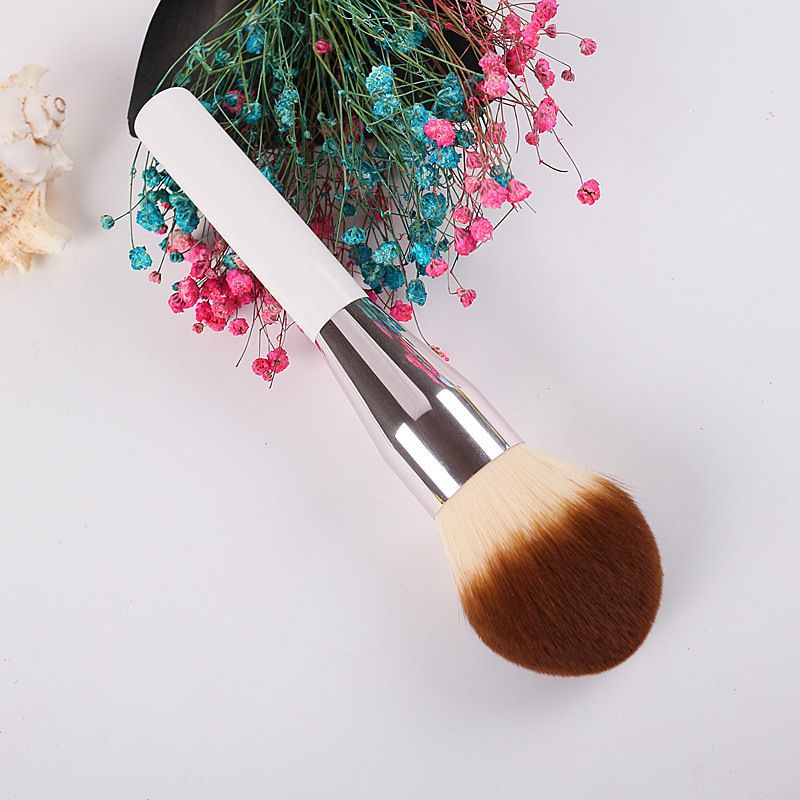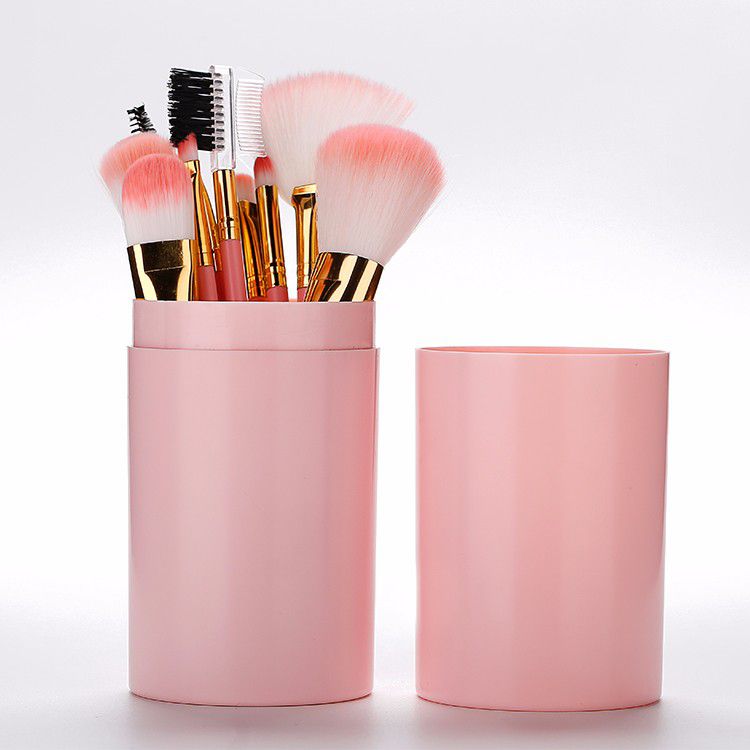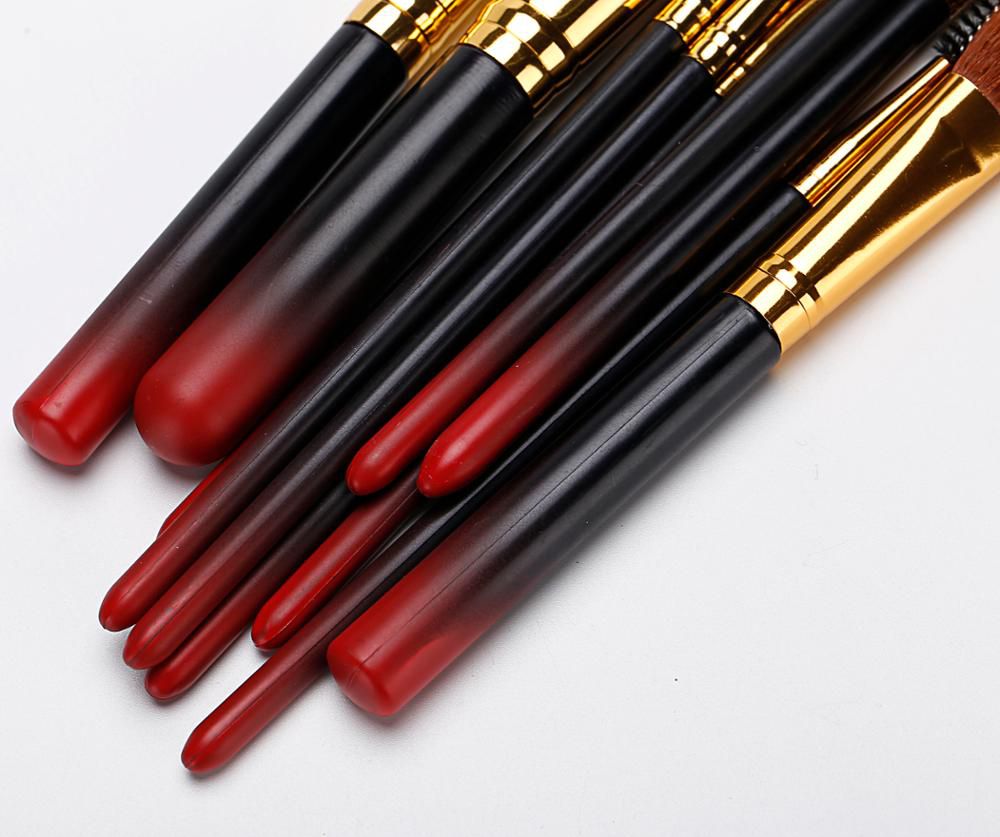Industry news
Consumer Survey: 65% Prioritize Bristle Softness Over Brush Shape in Makeup Tool Purchases
- 797 Views
- 2025-09-20 01:32:04
Consumer Survey: Why 65% Prioritize Bristle Softness Over Shape in Makeup Tools
In the competitive world of cosmetic tools, a recent survey by global beauty research firm Beauty Insights Lab has uncovered a pivotal shift: 65% of makeup brush consumers now rank bristle softness as their top priority, overtaking brush shape—a trend that’s forcing manufacturers to rethink design priorities.
The survey, which polled 2,000 makeup users across the U.S., Europe, and Asia, reveals that softness has eclipsed traditional factors like brush shape, brand reputation, or price in purchasing decisions. Among respondents, 42% cited “gentle contact with skin” as the primary driver, followed by “seamless blending performance” (28%) and “reduced irritation for sensitive skin” (19%). This marks a stark contrast to a similar 2018 study, where brush shape (e.g., fluffy vs. dense, angled vs. flat) led as the top concern for 58% of buyers.

Why the shift? Experts point to two key trends: the rise of “skin-first” beauty and the growing influence of sensitive skincare. Today’s consumers, particularly Gen Z and millennials, view makeup tools as an extension of their skincare routine. With 68% of survey participants reporting “occasional skin sensitivity,” per a 2023 dermatology study, harsh or scratchy bristles risk redness, irritation, or even exacerbating conditions like rosacea—making softness non-negotiable.

Beyond comfort, soft bristles deliver tangible performance benefits. “A soft, tapered bristle mimics the texture of natural hair, allowing powders and creams to adhere evenly without tugging,” explains Elena Marquez, a cosmetic chemist at BrushTech Innovations. “This reduces patchiness and ensures a ‘second-skin’ finish, which consumers now demand over the ‘precise but stiff’ application of older brush designs.”

Not that brush shape is irrelevant. The survey found 35% still value shape for specific tasks—e.g., angled liner brushes for precision or fluffy powder brushes for diffused setting. But 72% of these shape-focused buyers admitted they’d “willingly choose a slightly less ideal shape if the bristles were significantly softer.”
So, how do manufacturers engineer such softness? Material science leads the charge. Ultra-fine synthetic fibers, like micro-nylon (0.05mm diameter) and tapered rayon, are now industry standards. These fibers undergo “tip-polishing” processes, where ends are gently sanded or chemically treated to remove sharp edges, creating a silky feel. Advanced brands are even experimenting with “split-end technology,” where single bristles fork into 3-5 micro-strands, increasing surface area for softer contact and better product pick-up.
Sustainability is also influencing softness. Plant-based fibers, like bamboo rayon, are gaining traction for their natural softness and eco-credentials, appealing to the 31% of survey respondents who prioritize “clean beauty tools.” Meanwhile, cruelty-free certifications (a priority for 45% of buyers) have pushed innovation in synthetic alternatives, with some lab-grown fibers now matching the softness of animal hair (e.g., squirrel or goat hair) without ethical concerns.
For manufacturers, the message is clear: softness isn’t a “nice-to-have”—it’s a market differentiator. Brands investing in bristle R&D are seeing results: a 2024 report by Beauty Retail Analytics notes that makeup brush lines highlighting “ultra-soft” or “dermatologist-tested” bristles saw 22% higher sales growth than shape-focused counterparts.
As consumer expectations evolve, the future of makeup tools lies in balancing function and comfort. And for now, softness is leading the way.











